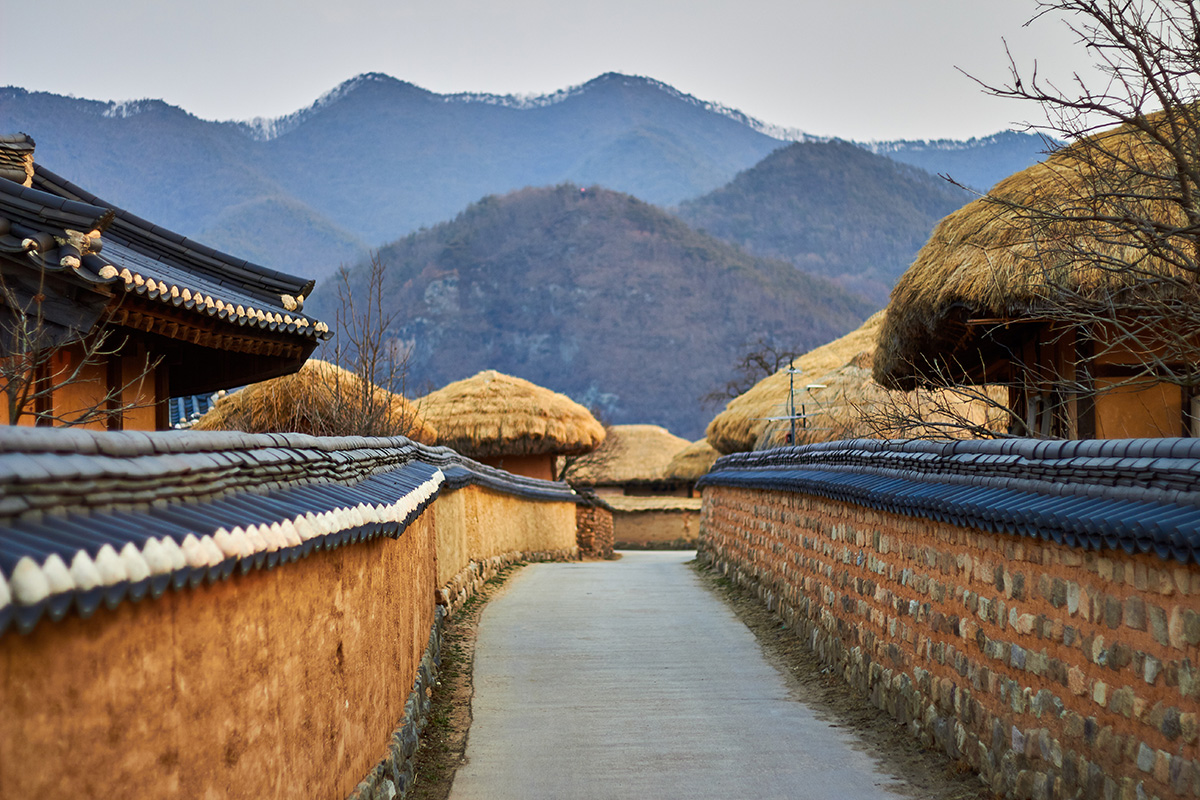Folklife Friday is a weekly digest of arts and culture articles, podcasts, and videos from across the web. Read on for a selection of the week’s best cultural heritage pieces, and don’t forget to check back next Friday for a new set of weekly picks.
Park Chan-wook, the Man Who Put Korean Cinema on the Map
In this New York Times profile, Alexander Chee surveys the long and illustrious career of South Korean director Park Chan-wook—an artist with the “air of a prince in exile, despite being at home—reserved but regal, the hint of a laugh often in his eyes.” Park’s films, at once violent and humorous, “return more feeling to the viewer than they take away, born as they are from his love for the underdog—the person driven to the edge of despair and then beyond it.” Starting November 3, the Smithsonian’s Freer|Sackler will host its annual month-long Korean Film Festival.
A Natural History of the Wedding Dress
From richly hued kimonos to beaded layered gowns, the concept of a “classic” wedding dress is increasingly nebulous. In this snapshot of the garment’s 200-year history, Summer Brennan questions long-held notions, among them, that white dresses symbolize purity. In nineteenth-century Germany, white dresses were not a signal of virginity “but rather were costlier and harder to keep clean, and thus communicated the status and wealth of the wearer.”
Barbara Dane Just Can’t Recall Any Good Fascist Songs
“The world needs more people like Barbara,” Bob Dylan once said. “Someone who is willing to follow her conscience. She is, if the term must be used, a hero.” In this Future Folk segment, a collaboration between Folklife and PRI’s “The World,” host Marco Werman takes a closer look at Dane’s social and political activism and the longstanding influence of Paredon Records, the label she cofounded in 1969 and donated to Smithsonian Folkways in 1991. When asked about the label’s origins, Dane explains simply that “people were striving for various kinds of liberation and making songs about it.” Complement this segment with this Folkways Magazine spotlight on Paredon.
Meet the Artist Single-Handedly Reviving a Form of Music
“His songs were delicate and hypnotic—full of haunting melodies and classical fingerpicking,” Yudhistira Agato writes of Imam Rozali. In this piece, Agato takes a closer look at Rozali’s work and the long history of gitar tunggal (solo guitar) music in Indonesia—a style rooted in the music of Portuguese traders who stopped by the port town of Lampung. Today, Rozali is inspiring a new generation of musicians in Indonesia, albeit with scant resources. “When the kids don't have enough money,” Rozali explains, “I have to sell whatever so I can buy snacks for them during sessions."
Ethnographies of Celebration
“Colombians know how to honor an occasion, from love to loss, with an unstated but palpable awareness that most celebrations carry a tinge of both,” writes anthropologist Roxanne Krystalli on her blog Stories of Conflict and Love. Negotiating her role as an embodied researcher, she examines the messiness and complexity of “the Colombia that is home to my favorite almond croissants in the world, the Colombia of bouncy curls and sequins and a Márquez-esque story about a married couple and some stranger asking you if you believe in love.”
Special thanks to editor Elisa Hough and to Michael Atwood Mason for their contributions to this week’s digest.


